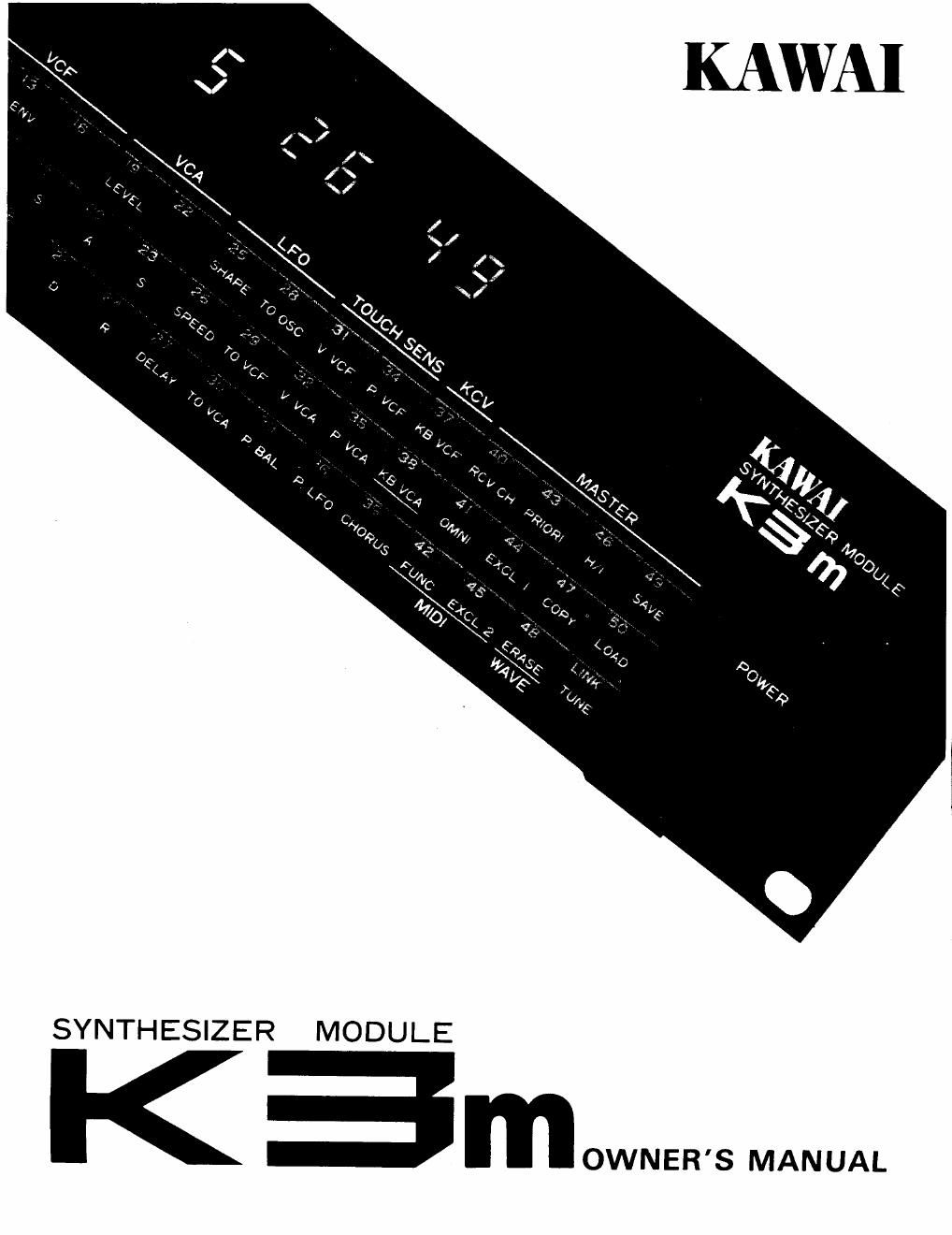Kawai k3 m owner manual
This is the 62 pages manual for kawai k3 m owner manual.
Read or download the pdf for free. If you want to contribute, please upload pdfs to audioservicemanuals.wetransfer.com.
Page: 1 / 62
